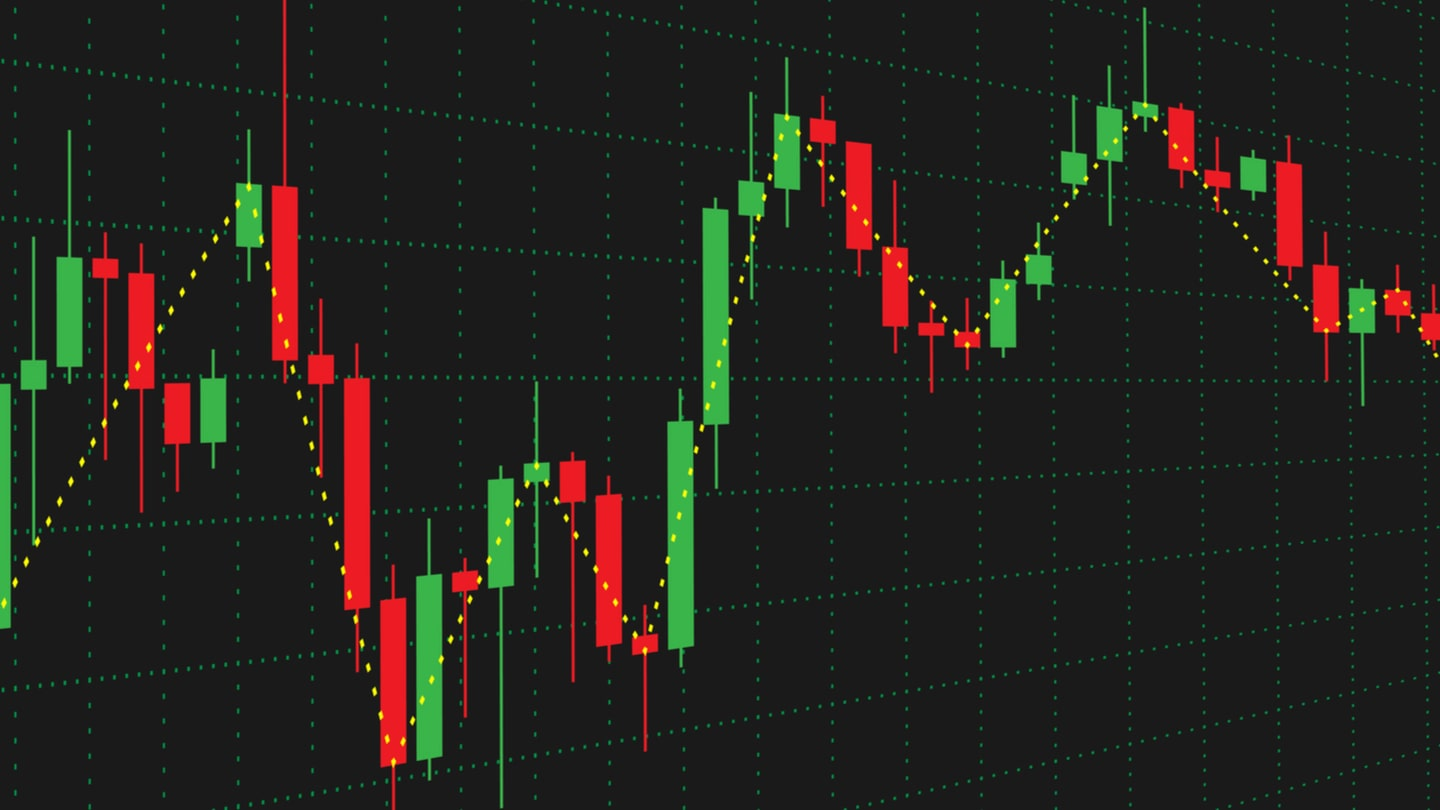Japanese candlesticks

-When it comes to trading the financial markets, understanding different styles and techniques can be key to making the right investment decisions. One of the technical tools that traders use to analyze the markets are Japanese candlesticks.
-Japanese candlesticks are considered one of the oldest and most common methods of analyzing prices in financial markets. It was first used in Japan in the 17th century, and has since become an integral part of trading strategies.
The idea of Japanese candlesticks is based on displaying price data in the form of candles consisting of the body and shadow of the candle. The body of the candle is the colored part of the candle and represents the trading range between the opening price and the closing price during a specific period of time, while the shadows represent the lines extending from the body and represent the differences between the highest and lowest prices during the same period.
Japanese candlesticks provide traders with valuable information about market trends, momentum strength, and potential price patterns. For example, if the candle has a long body and the upper shadow is short while the lower shadow is long, this indicates that sellers were controlling the market but buyers had succeeded in pushing the price up towards the end of the period. This indicates a possible market trend reversal from bearish to bullish.
-In addition, Japanese candlesticks can be used to determine support and resistance levels and also to determine optimal entry and exit points. With many different patterns available such as “triangles,” “heads and shoulders,” and “rectangles,” traders can use candlestick analysis to make informed, data-driven investment decisions.
-However, traders should also be aware of the potential drawbacks of candlestick analysis, such as signal delays and market volatility that may make the forecast less than a percent guaranteed.
-In short, understanding Japanese candlesticks and using them effectively can be a valuable tool for traders in making the right investment decisions and achieving success in the financial markets.